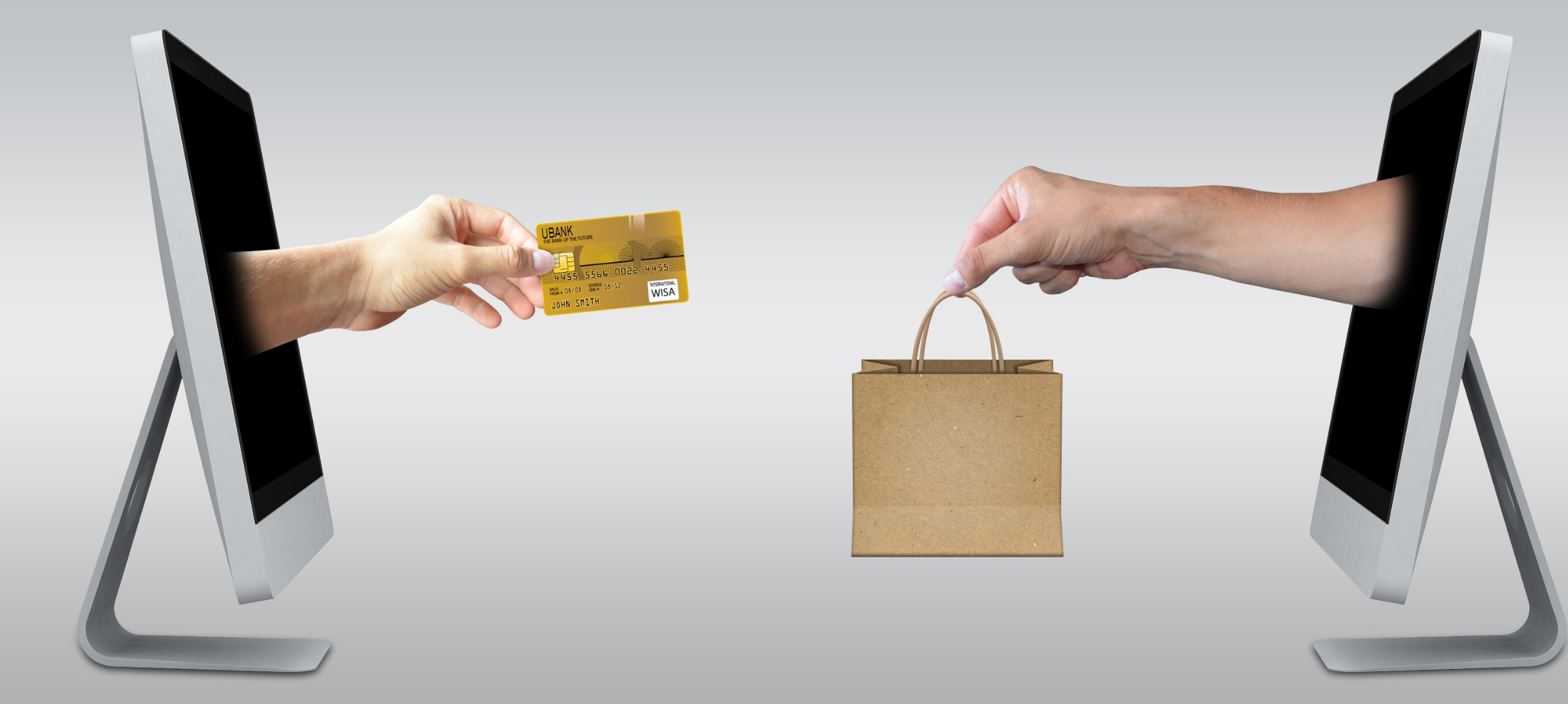Ever since the pandemic started and the country was put under community quarantine restrictions, the way Filipinos buy goods and avail services drastically changed. From procuring on physical stores, trooping to the malls, and visiting commercial sites, retailers have to rechannel their business and turn to eCommerce (electronic commerce).
According to a report recently shared by the leading cross-border digital payment platform, Payoneer revealed that the global eCommerce industry is growing massively despite the on-going COVID-19 pandemic.
In its global report “One Giant Leap: The Growth of eCommerce Amidst the COVID-19 Pandemic“, Payoneer reflected data from a sample of 200,000 international sellers. According to the study, e-commerce merchants saw an 80% increase in their revenues in both the second and third quarters of the year. Sellers realize that this may be due to the fact that more people are staying at home, as well as other changes in consumer behavior that evolved during this pandemic.
eCommerce is Here to Stay

The pandemic revealed the reverse relation between mobility and eCommerce. As people become more inclined to stay in their homes, the greater the opportunity is for online transactions. As of January 2020, WeAreSocial revealed that the Philippines ranks number one in the world for Time Spent per Day using the Internet regardless of the mobile device. Data shows that an average Filipino spends a total of 9 hours and 45 minutes per day on the Internet. And now that people realize the merits and ease-of-use of eCommerce, another survey by Global Web shows that 48% of Filipinos are leaning toward online buying even when the pandemic is over. This thrust shows how eCommerce will seem to thrive even in a post-pandemic world.
Innovation & Resilience

Due to disruptions in the supply chain, online merchants had to find alternative ways to continue their trading. Sellers had to expand into new markets to further diversify their business. The biggest retail chains in the country offered online services spanning from e-groceries, delivery via chatbot, to purchasing with the service of a personal shopper. The food industry, on the other hand, explored options like offering ready-to-cook meals and curbside pick-up.
In the words of a South Korean seller from Payoneer’s global study, “Once we assumed that the situation is not going back to normal for the short-term, we decided to modify our global strategy to expand to more marketplaces in order to increase sales.”
While it took long for the Philippines to diversify their distribution channels, Filipino entrepreneurs were quick to recommence — and this growth is observed to further develop within the next few years.
Keys to Success for Supply Chains
In the United Kingdom, disruptions in supply chains were seen as a business challenge that drove them to have difficulties in keeping up with customer demands. To combat this, several businesses have invested in opening warehouses across Europe to allow them to deliver in faster times. This resulted in a 59% and 64% sales increase in the second and third quarters of the year, respectively, and an added value to a positive customer experience.
“We have witnessed a remarkable shift in shopping habits this year. While the rise of eCommerce was previously seen as a gentle slope, it transformed into a steep incline as countries around the world moved into lockdown. Despite the disruption to the supply chain, online merchants have once again proven that they’re great innovators, identifying new business opportunities and seizing them at the right time. It’s precise that this combination of resilience and ability is what will assure eCommerce’s new long-term growth,” according to Eyal Moldovan, General Manager at Payoneer.
With this significant development, it is clear that the path of eCommerce sales is poised to reach even greater heights. Payoneer is a key player in the fintech industry, ensuring that business payments are streamlined and securely processed throughout the expansion and beyond.
Access Payoneer’s One Giant Leap: The Growth of eCommerce Amidst the COVID-19 Pandemic report here.


